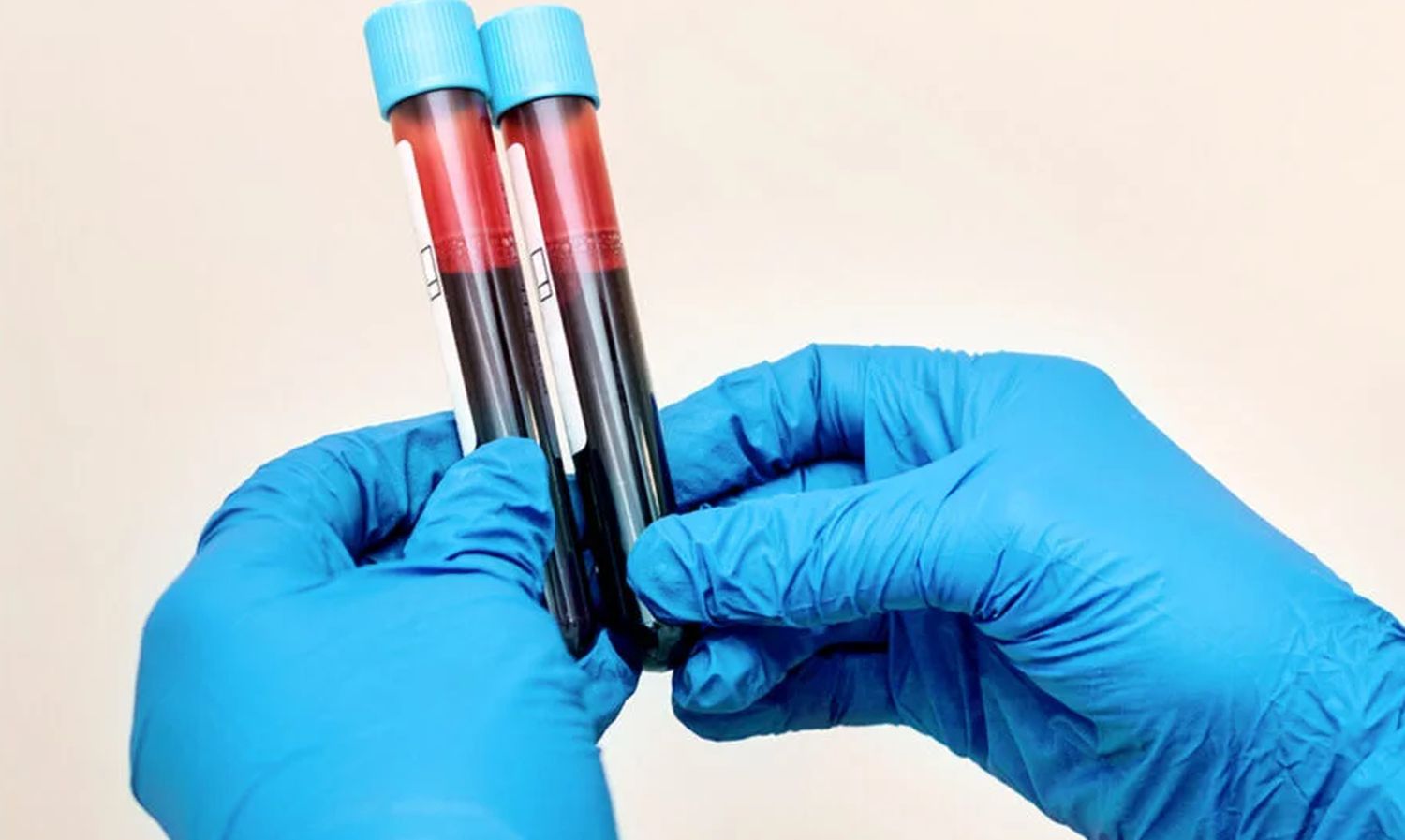RBC/WBC Ratio Test Results: Complete Analysis

RBC/WBC Ratio Test Results: Complete Analysis
The RBC/WBC ratio functions as a diagnostic measure that evaluates the relationship between red blood cells (RBCs) and white blood cells (WBCs) in blood.
This guide explains the ratio, normal ranges, and its role in finding patterns of infection, anemia, bone marrow function, and blood health.
If you recently received your lab results back and need a personalized breakdown regarding what they mean, LabAnalyzer can offer a specific breakdown.
Normal RBC/WBC Balance
The balance between red and white blood cells shows blood health and body function.
What are RBCs and WBCs?
RBCs (Red Blood Cells):
Move oxygen from lungs to tissues
Remove carbon dioxide
Form most blood cells
Live 120 days
Need iron to function
WBCs (White Blood Cells):
Fight infections
Control inflammation
Remove threats
Protect the body
Signal immune responses
Normal RBC/WBC Ratio Range
Healthy ratios show 600:1
600 RBCs for each WBC
Changes occur with:
Age differences
Gender variations
Health status
Testing methods
Laboratory standards
Factors Affecting the Ratio
RBC count changes from:
Anemia states
Fluid balance
Blood loss
Bone marrow function
Oxygen needs
WBC count shifts from:
Active infections
Inflammation
Immune problems
Bone marrow changes
Medication effects
Disease Pattern Analysis
The RBC/WBC ratio reveals patterns of blood cell problems and health issues.
High RBC/WBC Ratio
Causes include:
Low WBC count (leukopenia)
High RBC count (polycythemia)
Bone marrow suppression
Radiation exposure
Lung diseases
High altitude effects
Signs need evaluation:
Regular testing
Cause identification
Treatment planning
Risk assessment
Health monitoring
Low RBC/WBC Ratio
Causes include:
High WBC count (leukocytosis)
Low RBC count (anemia)
Active infections
Inflammation conditions
Bone marrow disorders
Clinical implications:
Treatment needs
Monitoring frequency
Risk evaluation
Recovery tracking
Prevention strategies
Complementary Testing
Additional tests include:
Complete blood counts
Hemoglobin levels
WBC differential
Iron studies
Bone marrow tests
Infection vs Anemia Impact
The ratio helps distinguish between infections and anemia.
Impact of Infections
Bacterial infections show:
Increased WBCs
Lower ratios
Inflammation signs
Treatment needs
Recovery patterns
Chronic infections create:
Mild anemia
Further ratio drops
Complex patterns
Treatment challenges
Ongoing monitoring
Impact of Anemia
RBC decreases from:
Iron deficiency
Kidney disease
Blood loss
Poor production
Increased destruction
Ratio changes show:
Disease severity
Treatment needs
Recovery progress
Health status
Risk levels
Dual Conditions
Combined problems need:
Detailed testing
Cause identification
Treatment planning
Close monitoring
Regular assessment
Bone Marrow Function
The ratio indicates bone marrow health.
Bone Marrow Suppression
Causes include:
Cancer treatments
Radiation effects
Blood diseases
Medications
Infections
Effects show:
Low cell counts
Changed ratios
Health risks
Treatment needs
Recovery time
Bone Marrow Hyperactivity
Conditions include:
Blood cancers
Blood disorders
Chronic diseases
Genetic problems
Inflammatory states
Changes create:
Abnormal ratios
Health complications
Treatment needs
Monitoring requirements
Risk factors
Recovery Monitoring
The ratio tracks healing progress.
Post-Infection Recovery
WBC changes show:
Infection clearing
Treatment success
Healing status
Health improvement
Future risks
Anemia Recovery
Treatment results show:
RBC increases
Better ratios
Health gains
Function improvement
Risk reduction
Conclusion
The RBC/WBC ratio helps medical professionals assess blood health, immune function, and medical conditions.
Analysis of red and white blood cell balance helps find infections, anemia, and bone marrow disorders, guiding treatment and recovery tracking. Contact your healthcare provider to understand your results and create your care plan.